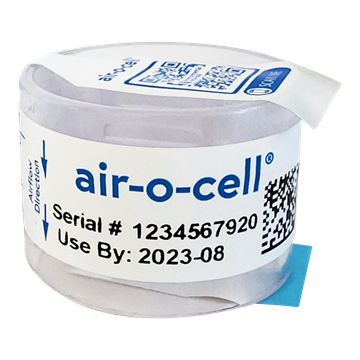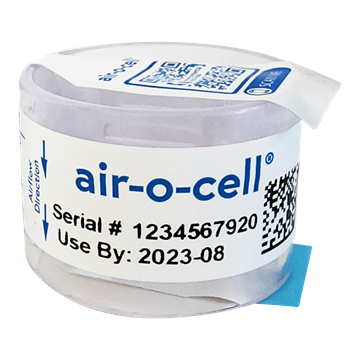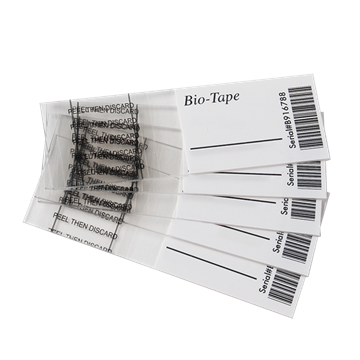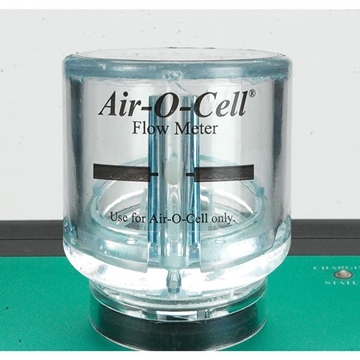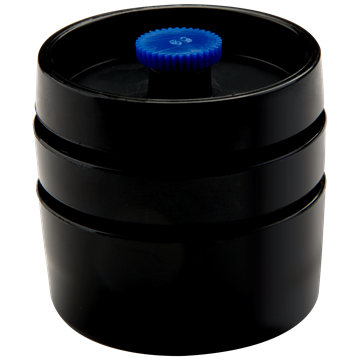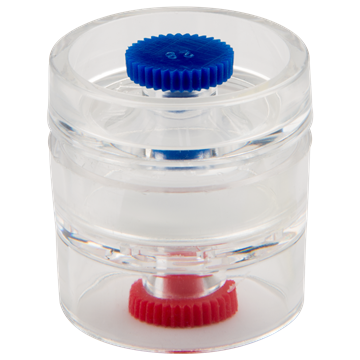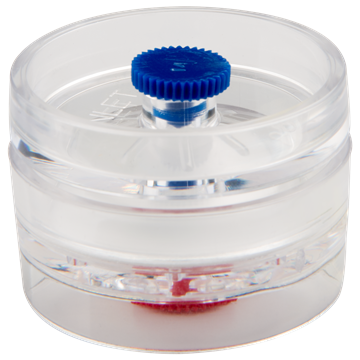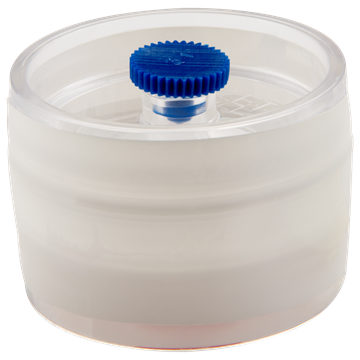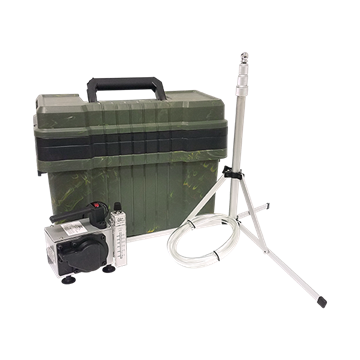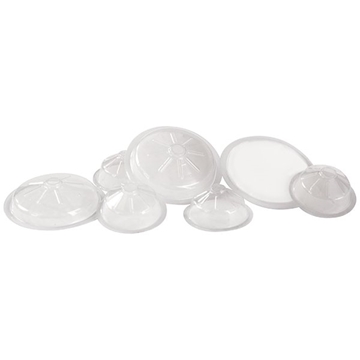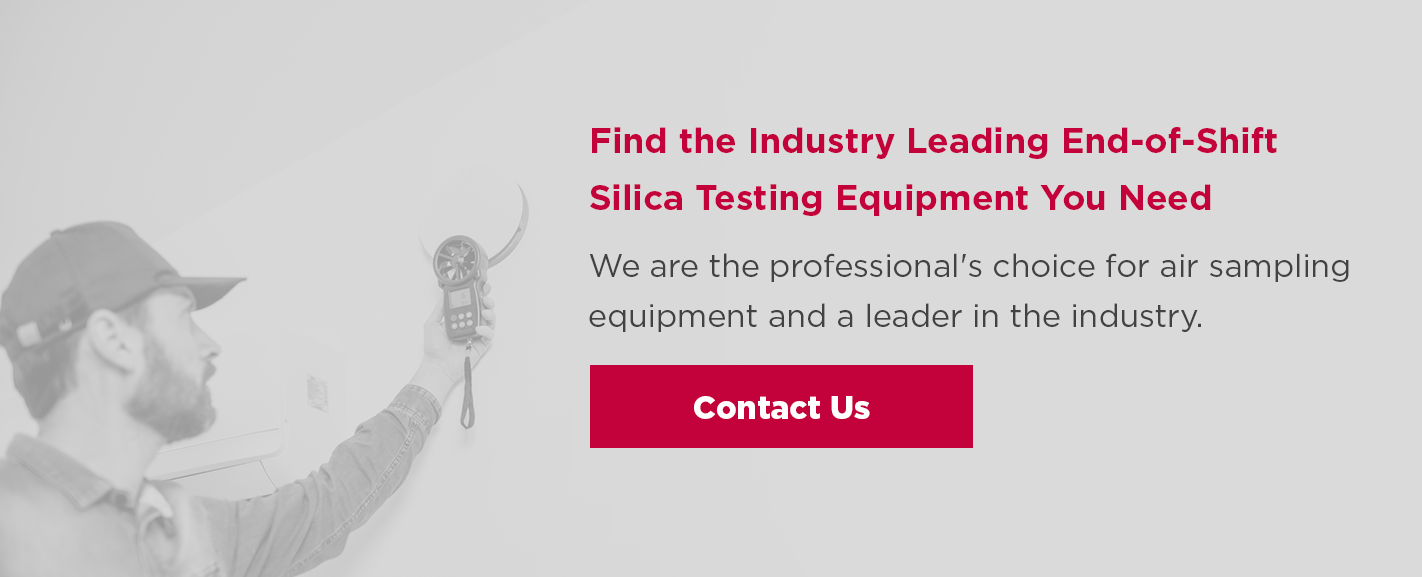
The new Occupational Safety and Health Administration (OSHA) silica rule became effective in 2018, and if you have still not complied with it or do not yet understand it, do not waste time. You need to know the hazards of silica and how to protect your employees from exposure through testing the air on your job site. This OSHA silica compliance guide will help you with the basics of meeting the new standard and recognizing why you need to prioritize silica safety.
Table of Contents
- What Is Respirable Silica?
- What Are the Hazards of Airborne Silica?
- Why Should You Care About Your Workers' Exposure to Silica?
- Are Your Workers at Risk?
- What Exposure Controls Are Needed When Using a Stationary Masonry Saw and Other Equipment?
- OSHA Silica Testing Regulations & Requirements
- What's New in the OSHA Silica Standard?
- How to Avoid OSHA Silica Fines
- How to Test for Crystalline Silica
- Find the Industry Leading Silica Testing Equipment You Need
OSHA Silica Testing Regulations & Requirements
When it comes to testing for silica exposure on your job site, OSHA does not require you to do so for all conditions. If you take the organization's specified control measures outlined in its rule or if your workers will have exposure expected to remain below 25 µg/m3, you do not have to conduct regular tests for silica. Pouring concrete does not expose workers to high enough levels of silica to warrant testing, but if they cut into existing concrete, you will need to test for the substance in the air. If you choose to use alternative methods of control, you must check for silica levels to ensure that your selected techniques work.
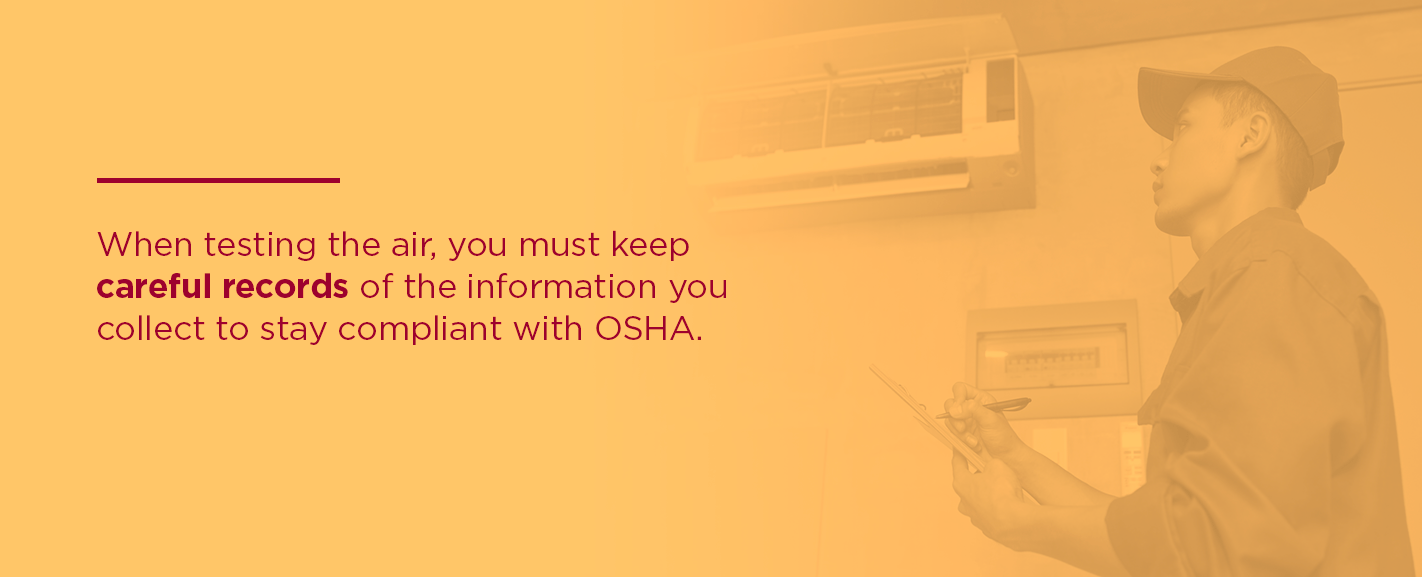
When testing the air, you must keep careful records of the information you collect to stay compliant with OSHA. For air monitoring records, the agency requires you to include the following:
- Monitored worker information including name, social security number and job
- Type of personal protection equipment (PPE) each worker used
- Name and data for the laboratory that analyzed the samples
- Sample information including the number of measurements, dates taken, the method used, results and duration of tests
- Task monitored
- Analysis methods used on the samples
You must have these records on hand for all employees, your employees' representatives and OSHA personnel to look over at any time.
For testing, you may choose either a scheduled monitoring or performance option. OSHA even allows you to use a combination of these or to switch between them. More important than the testing method you use is the regularity with which you test and how you keep records of those tests.
What Is Respirable Silica?
Silica comes from the common mineral quartz. Soil, building materials, concrete, sand, granite, rock and masonry all contain silica. Workers release silica into the air during cutting, drilling or grinding materials that contain it. When released, the silica becomes respirable.
Respirable crystalline silica has such a fine texture that it is 100 times smaller than grains of sand. This texture allows workers to inhale the bits of the mineral into their lungs. According to OSHA, 2.3 million American workers experience some level of exposure to respirable silica.
What Are the Hazards of Airborne Silica?
Because silica has a crystalline texture in its respirable form, it can cause severe damage to the lungs after aspiration. The effects of inhaling silica include lung problems such as silicosis, chronic obstructive pulmonary disorder (COPD) and lung cancer in addition to kidney disease and other ailments. Silicosis is a lung disease with no cure that may result in death or life-long disability.
Why Should You Care About Your Workers' Exposure to Silica?
Since you must provide your workers with a healthy environment, you need to monitor levels of silica on the job site and reduce your employees' exposure to it. If you do not, you could lose valuable workers' experience as they take more sick days or retire early due to health issues related to silica exposure.
Are Your Workers at Risk?
If your workers could experience exposure to respirable silica levels measuring at least 25 µg/m3 during an eight-hour day, even in the event of equipment failure, you need to follow the OSHA guidelines for controlling exposure. You must keep their exposure below 50 µg/m3 daily to ensure you stay compliant.
Workers who engage in activities that could expose them to silica, such as cutting or drilling into concrete, masonry, sand, granite or rock, will need protection from respirable silica. Taking measurements of the air on the job site will ensure that your control methods work and your employees have a safer environment to work in.
What Exposure Controls Are Needed When Using a Stationary Masonry Saw and Other Equipment?
To remain compliant, you must use engineering controls to keep employee's silica exposure below 50 µg/m3 when they use masonry saws and other cutting equipment. These controls include wet methods and improving ventilation in the area.
Wet methods keep the cutting or grinding surface moist to prevent silica from becoming airborne. Proper ventilation is another way to protect workers as it keeps air moving and prevents them from inhaling airborne silica.
If you cannot practically implement engineering controls, having workers wear respirators is another option. However, your workers must each have a properly fitting mask that they wear throughout their shift. Also, using respirators may impair workers because these protective devices may block the worker's view or ability to hear.
In some instances, OSHA requires the use of respirators even with engineering controls. For example, if using a walk-behind saw indoors, your worker must wear a respirator with an assigned protection factor of 10. The same requirement holds if using a power saw inside for any length of time or outdoors for more than four hours. Concrete dowel drilling rig operators must also use respirators for the use of the machinery anywhere for any amount of time.
What's New in the OSHA Silica Standard?
The new standard reduced the threshold for silica exposure to 50 µg/m3 for an eight-hour day. You must implement engineering controls or enforce the use of respirators to prevent workers from exposure above these levels.
Monitoring the air for silica and keeping records of those tests are other components of the new silica standard. You will also need to write out an action plan for how you will keep exposure down.
For those in the construction industry, your workers will need to undergo strict medical exams, including a baseline exam to see how exposure to silica in the workplace, even at lower levels, affects their health. However, starting on June 23, 2020, all industries will need to have workers exposed to silica medically monitored.
How to Avoid OSHA Silica Fines
Shortly after imposing the standard on the construction industry, OSHA found 117 violations in the first six months of the standard's use. The most common violation was for employers who did not test for silica exposure.
To avoid this most common reason for a violation and fine, ensure that you test regularly and keep thorough records of those tests.
The other top two reasons for violations included failing to adopt appropriate engineering controls to mitigate silica exposure and not having a written plan on how you will control employee exposure.
How to Test for Crystalline Silica
When testing for crystalline silica, you may use either a performance option or scheduled monitoring. You can do both methods, if needed, as long as you accurately test and keep records of the results.
If you choose performance testing, you test the air where a worker performs their duties to accurately reflect the amount of exposure they have during an eight-hour day.
The scheduled monitoring takes air samples in breathing zones that reflect worker exposures at various times, in different job capacities and across multiple work areas. It also involves follow-up samples at specified intervals based on whether the initial readings showed levels above the minimum threshold of 25 µg/m3.
For either method of testing, you must repeat the procedure if workplace methods such as engineering controls, personnel, processes or production changes.
Find the Industry Leading Silica Testing Equipment You Need
When you need accurate information about silica levels on your job site to stay OSHA-compliant, you need quality testing equipment. At Zefon International, we are the professional's choice for air sampling equipment and a leader in the industry. Browse our range of silica air sampling products for testing your job site and find a dealer near you to acquire your testing devices.
























